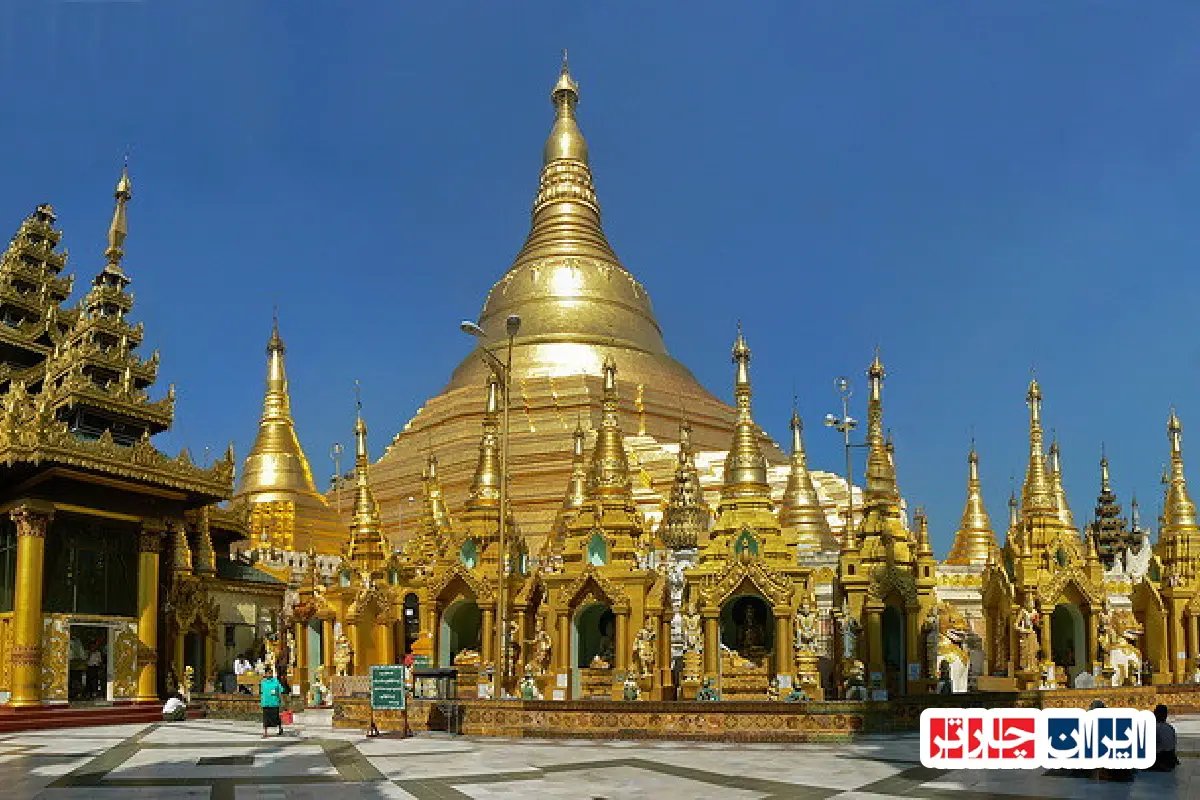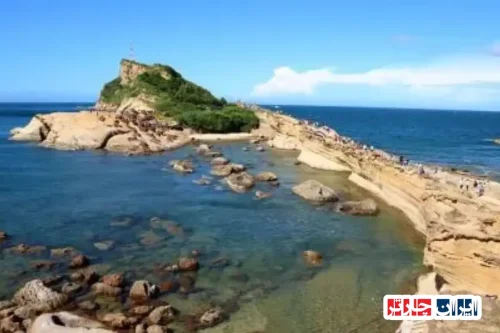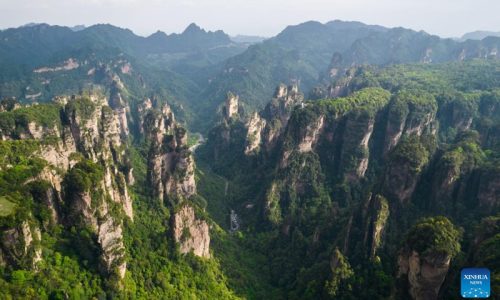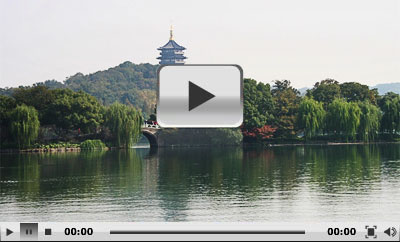Shwedagon Pagoda Yangon Myanmar: The Iconic Sacred Site of Myanmar
Discover the magnificent Shwedagon Pagoda-Iran Charter, an awe-inspiring symbol of spiritual devotion and cultural heritage in Yangon, Myanmar. This legendary pagoda, renowned for its golden stupa that soars above the city skyline, attracts millions of visitors each year who come to admire its breathtaking architecture, rich history, and religious significance. The Shwedagon Pagoda Yangon Myanmar stands as a testament to Myanmar’s deep-rooted Buddhist traditions, embodying centuries of devotion, artistry, and spiritual symbolism. As one of the most sacred sites in Myanmar, the pagoda’s shimmering golden surface reflects the sunlight, creating a mesmerizing spectacle that captures the essence of Myanmar’s religious and cultural identity. Visitors to the Shwedagon Pagoda Yangon Myanmar can explore its numerous terraces, intricate shrines, and relics that tell stories of faith and history. Whether you are a spiritual seeker or a history enthusiast, the Shwedagon Pagoda-Iran Charter offers an unforgettable experience that highlights Myanmar’s unique heritage and the enduring power of faith. This iconic monument not only serves as a place of worship but also as a symbol of unity and national pride for the people of Myanmar, making it a must-visit destination for anyone interested in exploring the spiritual heart of Yangon.
Discover the Rich History and Legends of Shwedagon Pagoda in Yangon
The Shwedagon Pagoda in Yangon, Myanmar, is a sacred monument with over 2,500 years of history, making it one of the oldest and most revered Buddhist sites in Southeast Asia. According to legends, its construction dates back to the lifetime of Lord Buddha, symbolizing spiritual enlightenment and cultural heritage. Over centuries, the pagoda has witnessed numerous renovations and expansions, reflecting its significance as a religious and cultural icon for the Burmese people. From its origins as a modest shrine to its current grandeur, the Shwedagon Pagoda embodies the deep-rooted devotion and historical resilience of Myanmar’s Buddhist community. Visitors from around the world travel to Yangon to experience its spiritual ambiance and to connect with the profound legends that surround this iconic landmark. The pagoda’s story is intertwined with Myanmar’s national identity, representing faith, resilience, and cultural continuity through ages of political and social change.
Architectural Marvels and Unique Design of Shwedagon Pagoda in Yangon
The architecture of the Shwedagon Pagoda seamlessly blends traditional Burmese craftsmanship with spiritual symbolism, creating a stunning visual masterpiece. Its central stupa, covered in thousands of gold plates, rises majestically above Yangon, shining brightly under the sun and moon. The golden spire is adorned with precious gemstones, including diamonds and sapphires, symbolizing divine enlightenment and spiritual wealth. Surrounding the main stupa are smaller pagodas, intricate pavilions, and beautifully sculpted statues that depict various aspects of Buddhist teachings. The design incorporates sacred geometric patterns and symbolic motifs representing cosmic harmony and the cycle of life. The layout guides visitors through a spiritual journey, with circular pathways that symbolize the cycle of birth, death, and rebirth. Every element of the architecture reflects Myanmar’s rich religious traditions and artistic excellence, making the Shwedagon Pagoda a true marvel of spiritual architecture.
Sacred Relics and Valuable Artifacts Inside Shwedagon Pagoda
The interior of the Shwedagon Pagoda houses numerous sacred relics that hold deep religious significance. Among these are strands of hair, bones, and other relics believed to be directly associated with Lord Buddha, preserved with reverence over centuries. These relics serve as spiritual anchors for devotees, symbolizing the physical connection to the Buddha’s enlightenment. In addition to relics, the pagoda contains exquisite statues, ornate gold and jewel-encrusted ornaments, and historical artifacts that showcase Myanmar’s artistic heritage. The relic chambers are often the focus of pilgrimages and special ceremonies, where devotees offer prayers and meditate in reverence. The presence of these relics and artifacts elevates the spiritual atmosphere of the pagoda, making it a vital site for religious devotion and cultural preservation. Visitors are encouraged to approach these sacred objects with respect, participating in rituals that reinforce their faith and spiritual connection.
Guidelines for Visitors: Best Times, Etiquette, and Tips for Visiting Shwedagon Pagoda
To fully enjoy your visit to the Shwedagon Pagoda, plan your trip during the cooler months of November to February, when the weather is more comfortable. Early mornings and late evenings are ideal for experiencing the peaceful ambiance with fewer visitors. Dress modestly—covering shoulders and knees—and remove your shoes before entering the sacred grounds as a sign of respect. Maintain silence and refrain from disruptive behavior to honor the spiritual environment. Photography is permitted in designated areas, but avoid flash photography near relics and during prayer times. Participate in rituals such as lighting incense and offering flowers to deepen your understanding of Burmese Buddhist practices. Attending special ceremonies or festivals offers a unique opportunity to witness local traditions and experience the vibrant religious culture of Myanmar. Respecting local customs and being mindful of the sacred atmosphere will ensure a meaningful and memorable visit.
The Role of Shwedagon Pagoda in Myanmar’s Political and Social Movements
The Shwedagon Pagoda has long been a symbol of national unity and resistance in Myanmar. Throughout history, it has served as a gathering place for political rallies, protests, and social movements advocating for independence and democracy. During colonial rule, the pagoda became a focal point for Burmese resistance, where leaders and citizens gathered to voice their aspirations for freedom. The pagoda’s spiritual significance provided a unifying symbol that transcended political divides, inspiring collective action. Even in contemporary times, it remains a site for national celebrations, protests, and cultural events that reinforce Myanmar’s identity. The enduring presence of the pagoda in political and social life underscores its importance as a symbol of resilience, hope, and cultural pride for the Burmese people.
Hidden Facts and Lesser-Known Details About the Construction and Restoration of Shwedagon Pagoda
Despite its prominence, many secrets about the construction and ongoing restoration of the Shwedagon Pagoda remain undisclosed. Historical records suggest that different parts of the pagoda were built using various techniques and materials over centuries, reflecting Myanmar’s evolving craftsmanship. Some sections are believed to incorporate ancient construction methods, while others have been restored with modern techniques to preserve their integrity. The gold plating has been periodically renewed, maintaining the pagoda’s luminous appearance. Intriguingly, some scholars speculate that certain hidden chambers and structural elements are yet to be uncovered, holding clues to Myanmar’s architectural innovations. Recent restoration efforts aim to balance preservation with modernization, ensuring the monument’s longevity. These hidden aspects and ongoing efforts highlight the dynamic history and cultural importance of the Shwedagon Pagoda, making it a living testament to Myanmar’s spiritual and artistic heritage.
Religious Ceremonies and Rituals at Shwedagon Pagoda: Daily Worship and Major Festivals
< p>Every day, devotees gather at the Shwedagon Pagoda to perform rituals, prayers, and offerings that form the core of Burmese Buddhist practice. Daily ceremonies include lighting incense, offering flowers, and reciting chants, creating a serene and spiritual atmosphere. During major festivals such as the Buddhist New Year and Vesak, the pagoda becomes a hub of vibrant celebrations, with thousands participating in processions, meditation sessions, and traditional performances. These events foster community bonding and reinforce religious beliefs, attracting both locals and pilgrims from afar. Visitors can observe monks conducting prayers and participate in meditation sessions, gaining insight into Myanmar’s spiritual life. Respectful participation in these rituals offers a profound connection to the local culture and a deeper understanding of Buddhist devotion in Myanmar.
Artistic Treasures and Iconic Symbols in the Shwedagon Pagoda Complex
< p>The Shwedagon Pagoda is home to an array of artistic masterpieces that reflect Myanmar’s rich cultural heritage. Gold-plated statues, intricate carvings, and luminous murals adorn the complex, each telling stories from Buddhist scriptures and local legends. The ornate decorations include traditional motifs, mythological creatures, and symbolic patterns that embody spiritual themes. The main stupa itself is a symbol of enlightenment, with its golden surface representing purity and wisdom. The craftsmanship displayed in the detailed sculptures and decorative elements showcases Myanmar’s artistic excellence and devotion. These treasures not only enhance the aesthetic appeal but also serve as visual narratives of Myanmar’s religious history, inspiring awe and reverence among visitors and worshippers alike.
Mythical Stories and Beliefs Surrounding the Sacred Relics of Shwedagon Pagoda
< p>Local legends attribute mystical powers and divine origins to the relics housed within the Shwedagon Pagoda. Many believe that relics such as hair strands and bones of Lord Buddha possess healing powers and spiritual energy capable of blessing devotees. These stories have been passed down through generations, reinforcing the sacredness of the relics and inspiring faith among believers. Pilgrims often participate in rituals like circumambulation and prayer, seeking blessings and spiritual guidance. The relics symbolize the Buddha’s presence and teachings, serving as tangible links to enlightenment. These myths and beliefs deepen the spiritual significance of the pagoda, making it a revered pilgrimage site where faith and legend intertwine to preserve Myanmar’s Buddhist traditions.
Comparing Shwedagon Pagoda to Other Religious Landmarks in Southeast Asia
< p>The Shwedagon Pagoda stands out among Southeast Asia’s religious monuments due to its historical depth, architectural grandeur, and spiritual prominence. Unlike other pagodas and temples in the region, its gilded surface and extensive relic collection make it uniquely luminous and revered. While places like Angkor Wat in Cambodia or Borobudur in Indonesia are monumental in scale, Shwedagon’s spiritual atmosphere and active worship practices set it apart. Its continuous role in Myanmar’s cultural and political history further elevates its significance. The combination of ancient architecture, sacred relics, and vibrant religious life makes Shwedagon Pagoda a distinctive symbol of Myanmar’s spiritual identity within Southeast Asia’s diverse religious landscape.

























